Article: Greenwashing Examples In The Fashion Industry
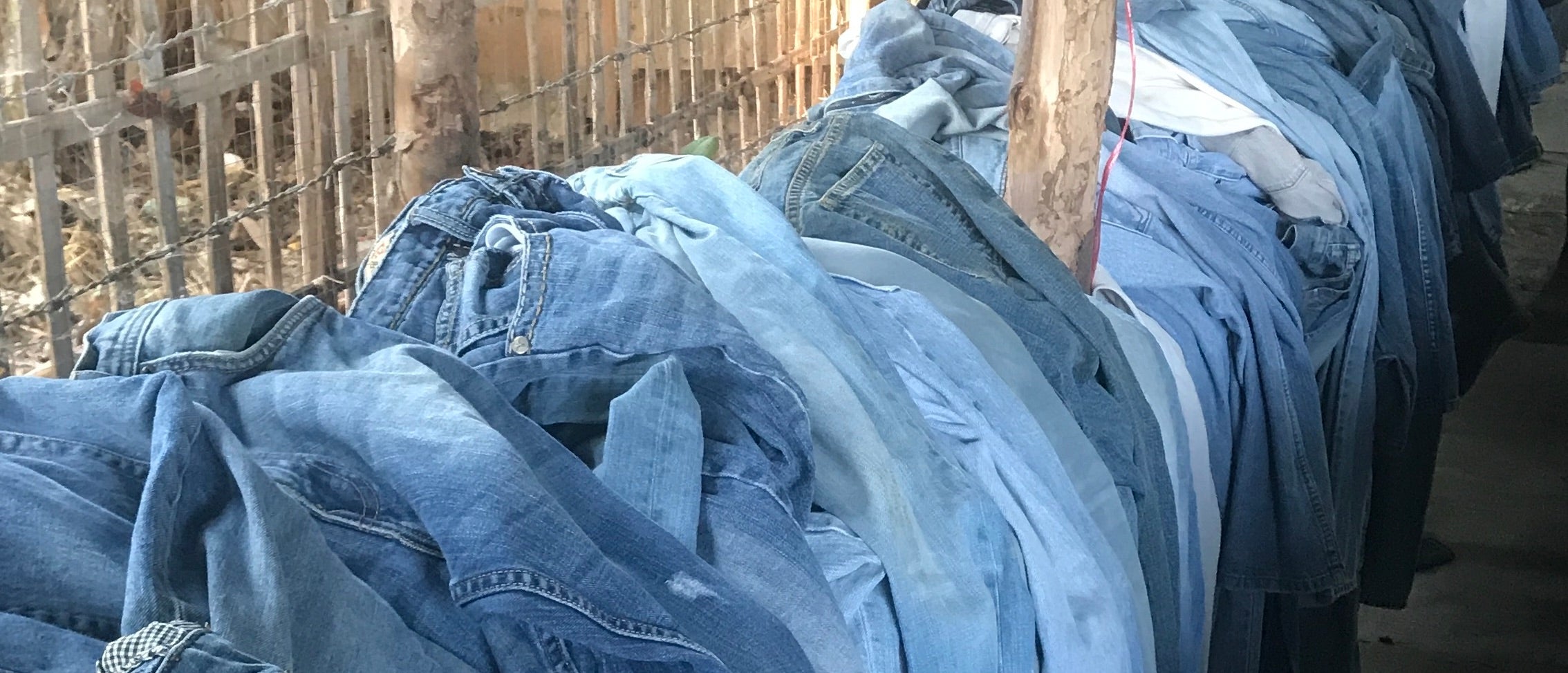
Greenwashing Examples In The Fashion Industry
In a world filled with choices, being a conscious consumer is more important than ever. But how often do we actually consider the journey our clothes take? Just because an item seems good for the environment doesn't mean it truly is. This article will educate you on the practice of greenwashing, including various examples to help you make informed fashion choices.
Deceptive Marketing in Fashion: Greenwashing Examples
Many big brands use 'green' labels and buzzwords like "sustainable," "eco-friendly," and "natural materials." However, behind those seemingly positive claims, the reality can be quite different. Greenwashing is a deceptive practice where companies exaggerate or misrepresent their environmental efforts to appeal to environmentally conscious consumers.
Statistics reveal that a significant portion of so-called "green" clothing is not as environmentally friendly as it appears. According to a report by Greenpeace, less than 1% of the material used to produce clothing is currently being recycled into new clothing. This highlights the gap between the promises and the actual impact.
Recently, a glaring example of greenwashing came to light. A Reuters reporter planted location trackers in old shoes and donated them to a Singapore recycling project. This project, backed by U.S. petrochemicals giant Dow, Inc. and the Singapore government, claimed it would transform the footwear into playgrounds and running tracks.
The reporter's investigative work later revealed that the donated sneakers actually ended up for sale in second-hand markets in Indonesia, rather than being repurposed as consumers were led to believe. This example illustrates the stark contrast between the marketed intentions and the actual outcomes of certain environmentally branded initiatives.
From a consumer standpoint, donating our garments can feel like a noble choice. We aim to provide our clothes with a second life, but the journey doesn't always unfold as we expect. The reality is that lots of these donated items find their way to distant markets, where their value diminishes to a mere fraction of the original price. For instance, here in Chiang Mai, donation clothing often resales for as little as 25 THB, which is equivalent to less than $1 USD.
The Fast Fashion Industry’s Impact
This dramatic drop in perceived value highlights the challenge of maintaining the sustainability and value of these garments once they leave our possession. Tragically, not all garments find their way to resell markets. Lots also end up in the landfill, contributing to the global waste crisis.
Greenpeace estimates that the fashion industry is responsible for around 20% of all global wastewater and 10% of global carbon emissions, showcasing the far-reaching consequences of unsustainable clothing practices such as fast fashion. It's not about assigning blame, but rather about raising awareness and encouraging informed choices.
Every piece of clothing holds a story and leaves an impact on our planet. Consequently, understanding the reality behind the scenes empowers us to make more mindful decisions. We can no longer afford to turn a blind eye to the fast fashion industry's detrimental effects.
Color of Heat's Commitment
At Color of Heat, we are committed to more than just selling clothes. We are dedicated to telling the stories behind each garment. We believe that understanding both how they're made and the craftsmanship involved helps you truly appreciate the value of these pieces. Our focus on transparency is why we take pride in showcasing the intricate artistry that goes into creating your clothing. We want you to see the skill and care that our talented artisans invest in every stitch, bringing life to each garment.
As part of our closed-loop initiative, we have a recycling program for Color of Heat customers to return their used and worn garments to us. Regardless of their condition, items can be exchanged for store credit. We undoubtedly believe that every piece still matters. We take worn clothes through a careful process of both cleaning and repair. As a result, we are able to give them new life in our "worn wear" collection.
For garments that are beyond repair, we take a creative approach to repurpose these fabrics into practical products as part of our reHeat line. From patchwork totes and drawstring bags to scrunchies and zip pouches, our commitment is keeping these fabrics out of landfills and integrating them back into our daily lives.
Our mission extends beyond fashion – it's about fostering a bond between you, your clothes, and our environment. Through our stories, initiatives, and recycling, we're building a cycle of value, appreciation, and responsibility. Our goal: a fashion experience that's both sustainable and meaningful.
Using Greenwashing Examples to Drive Sustainable Fashion
The fashion industry is at a crossroads, and the choices we make as consumers can drive positive change. As greenwashing examples undeniably show, it's no longer enough for companies to merely make claims about sustainability. They must demonstrate it through transparency, accountability, and real-world actions.
The next time we consider adding an item to our cart, let's firstly delve deeper into its journey and implications. Let's be the change we wish to see, making thoughtful choices one step at a time and driving the shift toward a more genuinely sustainable and responsible fashion industry.
At Color of Heat, we're passionate about creating a positive impact. We understand the importance of holding ourselves accountable for the products we bring into the world. Our commitment to sustainability extends to our entire supply chain.
We source our materials responsibly, prioritizing eco-friendly and ethical suppliers. Our artisans are professionals with pride in their craft, and we ensure fair wages and working conditions for them. We also minimize waste during the production process, aiming for efficiency and sustainability in every step.
Moreover, we believe that education is key. We are dedicated to raising awareness about the impact of fast fashion, greenwashing, and the choices we make as consumers. Our blog, social media, and community initiatives are designed to empower individuals to make more informed choices about the clothing they buy and wear.
Uniting for Change
Together, we can create a fashion industry that prioritizes both people and the planet. By supporting brands and initiatives committed to sustainability and transparency, we can drive change and hold companies accountable for their practices.
Color of Heat welcomes you to join us on the journey towards a more sustainable and responsible fashion future. We're not just a clothing brand; we're a community of like-minded individuals who believe that fashion should be a force for good.
With your support, we can continue to expand our efforts, raise awareness, and challenge the status quo. Let's remember that every piece of clothing we buy tells a story. It's up to us to ensure it's a story we can be proud of.
Consumer choices hold immense power. We have the ability to drive demand for sustainable and ethical products, and this demand, in turn, influences how companies operate and manufacture their goods. When we choose products from brands that prioritize transparency, environmental responsibility, and ethical labor practices, we send a clear message that we care about the world we live in.
However, navigating the fashion industry and discerning genuine sustainability from greenwashing can be challenging. Many companies claim to be eco-friendly and sustainable, but not all of them live up to these claims.
Greenwashing Examples: A Consumer's Guide
To avoid falling victim to greenwashing, consumers must become more informed and critical about the products they purchase. Here are some tips to help you identify and avoid greenwashing:
- Research the Brand: Look into the brand's history and practices. Do they have a track record of sustainable initiatives, or are their claims recent and vague?
- Check Certifications: Some certifications, like Fair Trade or organic labels, indicate that a brand has met certain standards. However, also be aware of "pay-for-play" certifications that may not hold the same weight.
- Read Product Labels and Descriptions: Pay attention to specific claims. Be cautious if a brand uses terms like "natural" or "eco-friendly" without providing concrete information.
- Investigate the Supply Chain: Brands that are truly committed to sustainability often provide information about their supply chain and production processes. Transparency is a good sign.
- Consider Packaging: Sustainable brands often use eco-friendly packaging, reducing waste and promoting recycling.
- Watch for Overuse of Buzzwords: If a brand relies heavily on buzzwords like "green," "sustainable," and "natural," be skeptical and dig deeper.
- Examine the Pricing: True sustainable practices often come with higher production costs, which may be reflected in the price of the product. Suspiciously low prices should raise a red flag.
- Ask Questions: Don't hesitate to reach out to brands and ask questions about their sustainability efforts. Legitimate brands will surely be happy to provide information.
- Read Reviews and Seek Recommendations: Other consumers' experiences and recommendations can be valuable in determining a brand's authenticity.
- Support Brands with a Track Record: Brands with a history of environmental and social responsibility are often a safer bet.
Our Vision for a Better Future
The fashion industry stands at a critical juncture. The detrimental environmental and social impacts of fast fashion are increasingly evident, as these greenwashing examples demonstrate. It's time for consumers to play an active role in reshaping this industry.
By making informed, sustainable choices and supporting brands that genuinely prioritize ethical practices and environmental responsibility, we can encourage positive change. We must also hold companies accountable for their claims and demand transparency in all aspects of production.
It's not just about what we wear. It's also about the values we choose to wear and the impact we leave on the world. Together, we can create a more sustainable, ethical, and responsible fashion industry that benefits both people and the planet.
At Color of Heat, championing this cause is a commitment of ours. We invite you to join us in this journey, and together, we can be the change we wish to see in the fashion world.
With your support and conscientious choices, we can create a brighter, more sustainable future, where fashion truly becomes a force for good.
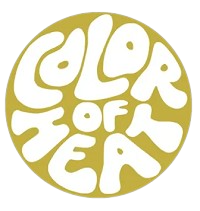
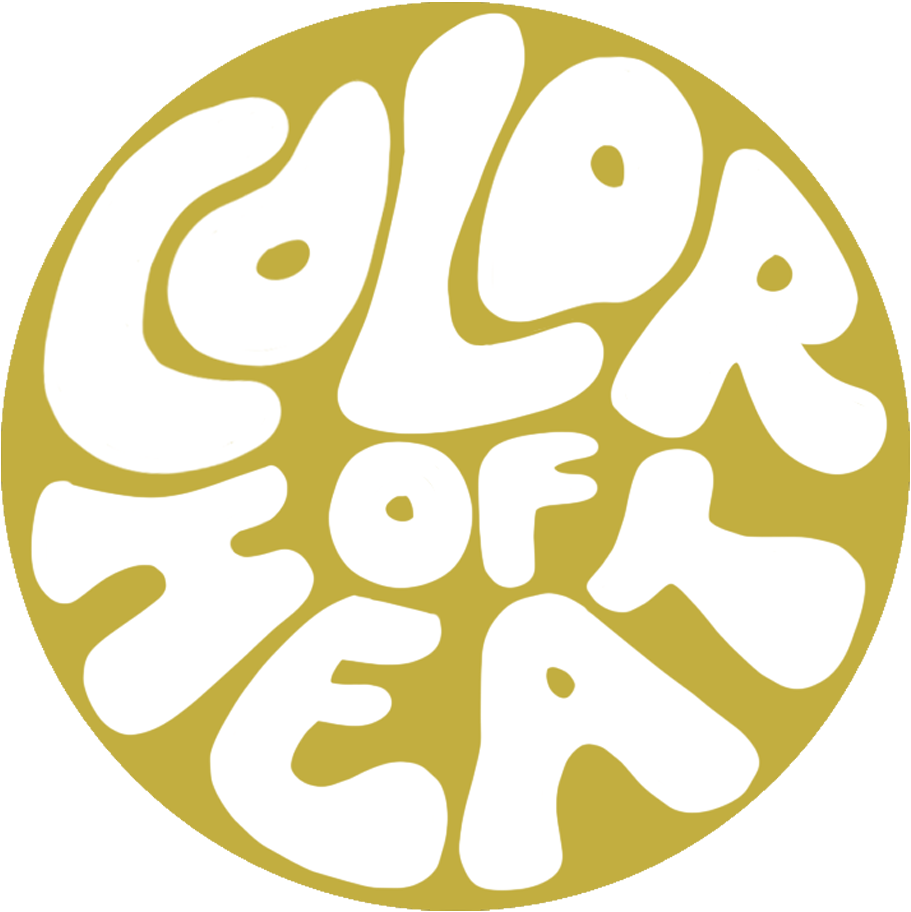



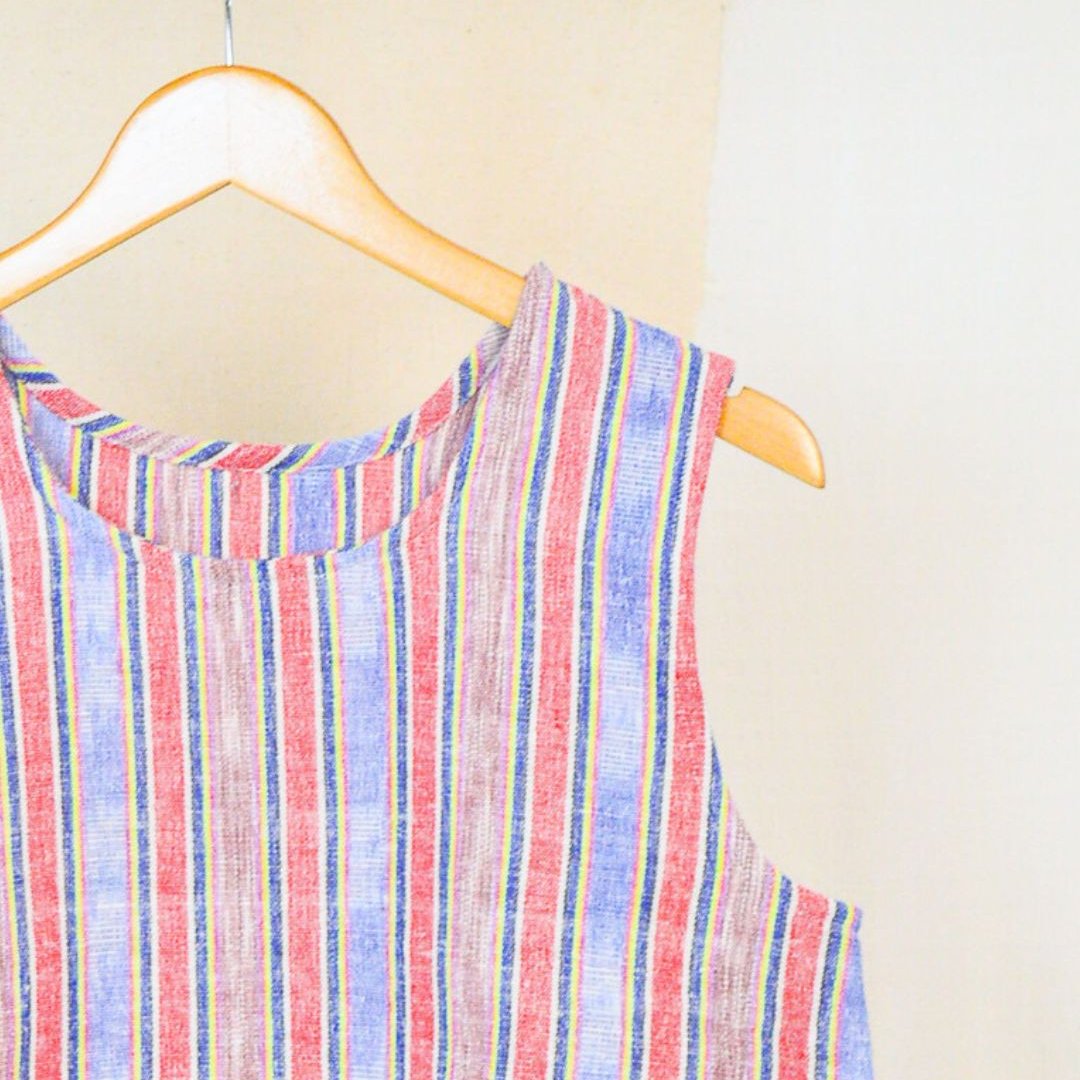
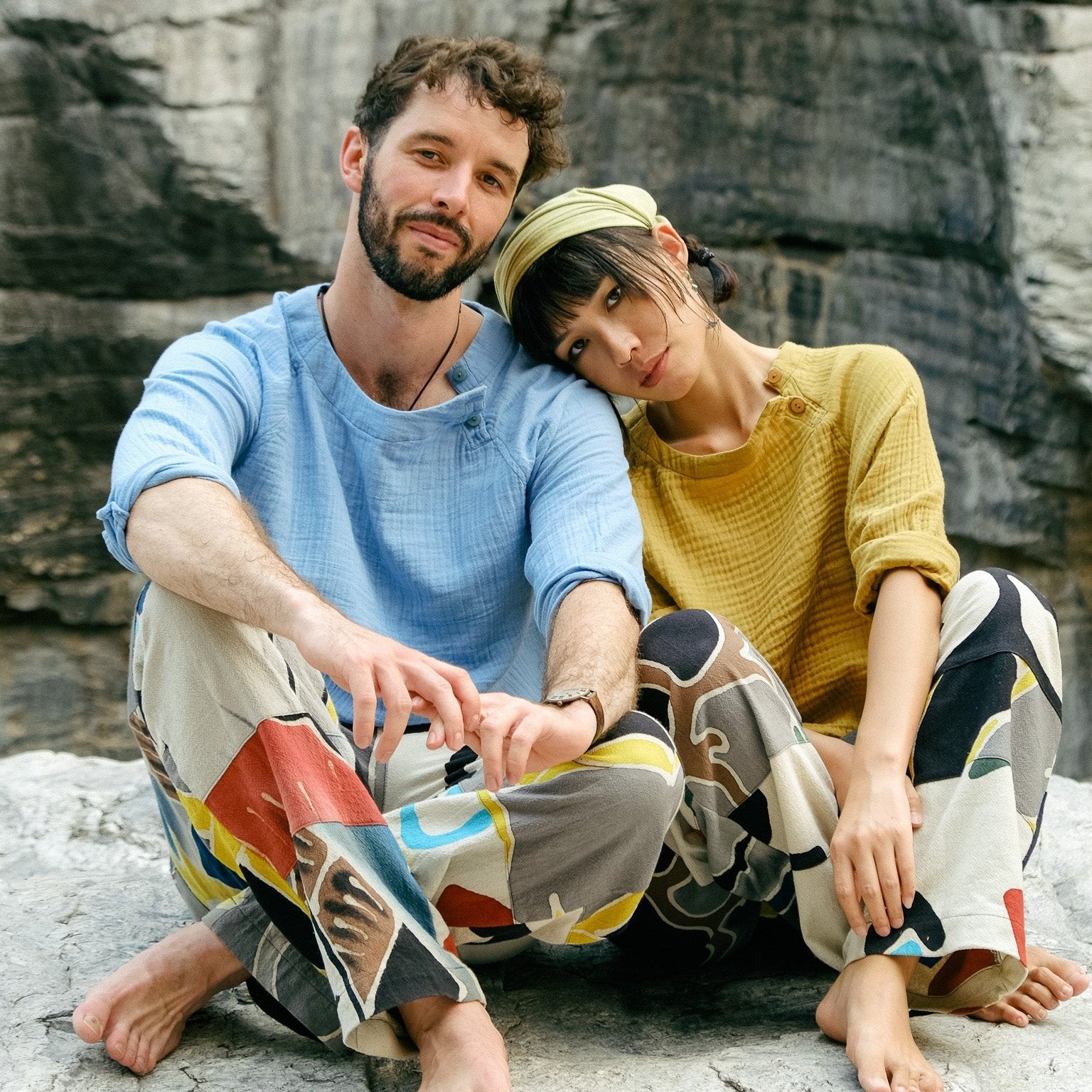


Leave a comment
This site is protected by hCaptcha and the hCaptcha Privacy Policy and Terms of Service apply.